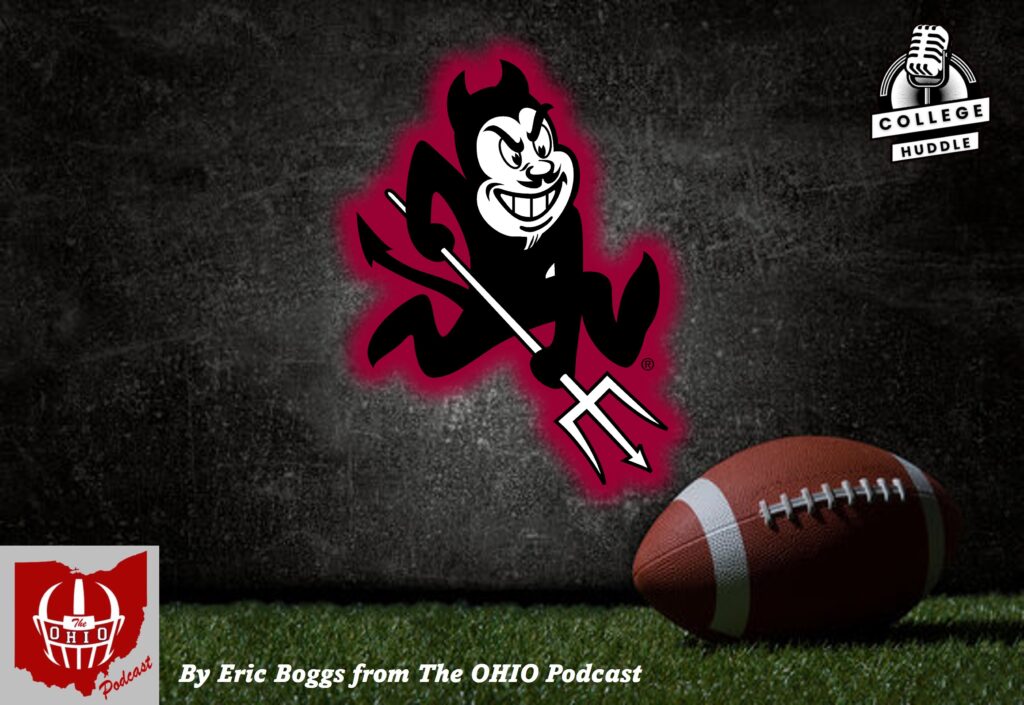
ASU is in Trouble Again
By Eric Boggs from The OHIO Podcast
Last week, the NCAA announced that the Arizona State University along with four individuals, who previously worked for it, reached an agreement with the NCAA enforcement staff regarding recruiting violations. These violations occurred when ASU staff had recruits on campus and made visits during a “dead period” due to the COVID-19 pandemic while former head coach Herm Edwards was employed. The investigation, which lasted three years, led to certain penalties being imposed.
Two individuals are contesting parts of their respective cases. Once hearings occur and cases are resolved, the committee will release its full decision with more details. So, what do these NCAA sanctions mean? Here’s what we currently know and don’t know.
The four-year probation given to ASU doesn’t include a bowl ban. However, it means that if further violations occur in the next four years, the penalties could be harsher due to the school being a “repeat offender.” ASU already self-imposed a one-year bowl ban in 2023.
Regarding wins, ten wins from the 2021 and 2022 seasons are being vacated due to ineligible players, turning those victories into losses in the record books. A “Show Cause” sanction has been given to four former ASU coaches, making them essentially unhireable for a certain period. The NCAA has not disclosed the names of these coaches yet.
ASU was found guilty of Level 1 violations, the most severe, which seriously undermine the integrity of the NCAA Collegiate Model. Other penalties include fines, scholarship reductions over the next two years, and restrictions on recruiting activities. The specifics of these penalties will be disclosed once the cases against the other two coaches are resolved.
This isn’t the first time ASU’s athletic department has faced penalties. It’s been penalized ten times for major infractions, tying with SMU for the top spot in NCAA history. Football has been involved in five of these cases, with men’s track and field and baseball also being repeat offenders.





